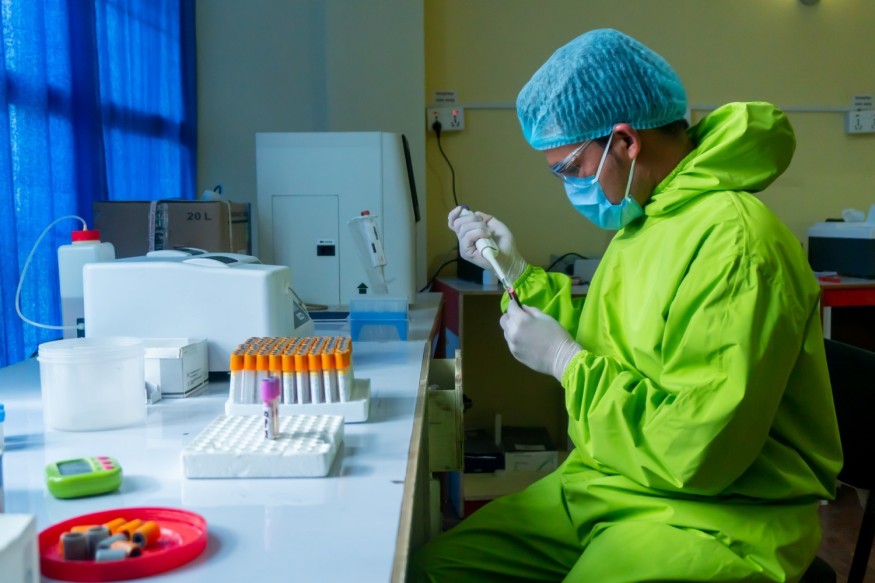A team of experts from the European Molecular Biology Laboratory (EMBL) developed a new technology for determining an extensive set of size-dependent attributes inside mRNA pharmaceuticals and other nanomedicines.

Potential of mRNA Nanomedicines
The success of messenger RNA (mRNA) nanoparticles in developing vaccinations against COVID-19 has highlighted the potential of nanoscaled pharmaceutical products. This discovery opens up new opportunities in treating and preventing diseases and infections. It can also transform the large field of medical interventions by therapeutic proteins.
While mRNA nanomedicines are currently in different stages of development, they may become available in the future. For them to be applicable in pharmaceutical products, they need to be formulated in suitable delivery systems designed for various functions and optimized for the needs of therapeutic products.
One of the important features of nanoparticles is their size, with some being smaller and some larger than the average value. The particle size can also influence the stability and behavior of the formulations after administration. Because of this, it is important to control the particle size inside a pharmaceutical product to evaluate and ensure its quality.
Size-Dependent Characterization of mRNA Nanoparticles
In a recent study, scientists developed a novel method of precisely elucidating the size of all particles in pharmaceutical products, focusing on their structure and the amount of RNA molecules they carry inside. The research was based on lipoplex formulations, an mRNA-delivering technology developed by German company BioNTech.
According to project leader Heinrich Haas, measuring all the size-related properties is very difficult, so they only determined the average values. With their new method, they can determine many size-related features simultaneously, using a single measurement for all nanoparticles in a product.
This method can be applicable in investigating other pharmaceutical products, such as liposomes. These nanoparticles have been applied in treating cancer or infectious diseases, and generic liposome products are currently available. The method developed by the researchers can be useful in evaluating the quality of these generics compared to original products, paving the way for high-quality products at a reasonable price.
What makes the new method powerful is the use of two techniques: asymmetrical-flow field-flow fractionation (AF4) and small-angle X-ray scattering (SAXS). AF4 is used in separating lipid-based nanoparticles from other parts of an mRNA nanomedicine, while SAXS enables scientists to determine the structure and the number of sorted particles.
Aside from creating new medicines, the novel method can also be used to understand how differently-sized particles interact in complex biological systems. For instance, it can be used to closely examine how nanoplastics, known for polluting our waters, can be covered by binding proteins on their surface. Scientists investigate whether this protein shielding can enable nanoplastics to travel through the bloodstream and reach various organs since our immune system no longer recognizes them as foreign bodies.
This work is a follow-up to previous collaborative studies that explored the formulation and delivery of mRNA into human cells. The research team continues their collaborative research to investigate mRNA nanomedicines' application further.
RELATED ARTICLE : How the Use of Nanomedicine at Nanoscale Contributes to Diagnosis, Treatment of Disease
Check out more news and information on Nanomedicine in Science Times.
© 2026 ScienceTimes.com All rights reserved. Do not reproduce without permission. The window to the world of Science Times.










